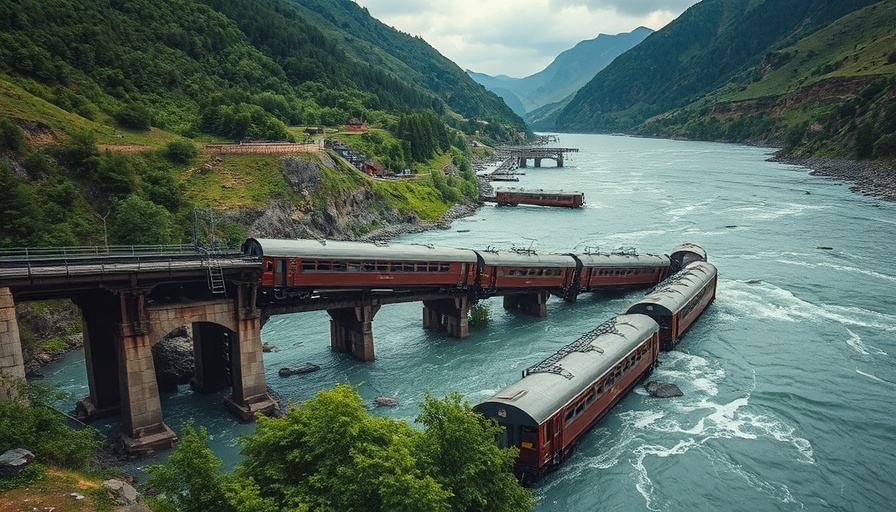
Understanding Your Carbon Footprint: A Key to Sustainability
As climate change becomes an ever-pressing issue, understanding our individual and community carbon footprints has never been more crucial. Most of us care deeply about preserving the planet's health, yet the challenge lies in understanding how our daily choices contribute to greenhouse gas emissions. A carbon footprint measures the total greenhouse gases, primarily carbon dioxide, emitted directly or indirectly by our activities. The goal is to minimize this footprint to achieve a 'Zero Carbon Footprint.'
How Everyday Choices Impact Carbon Emissions
Did you know that food accounts for 10% to 30% of a household's carbon footprint? The production and transportation of food can vastly differ in their environmental impacts. For instance, meat production emits substantially more CO2 compared to plant-based food. Beef alone releases approximately 7.2 times more carbon dioxide than chicken. Making conscious decisions, such as reducing meat intake and minimizing food waste, can significantly lower your carbon footprint.
Energy Consumption and Its Carbon Implications
Our homes also play a significant role in our carbon footprint. The type of energy we consume determines how much CO2 is emitted. For instance, generating just one kilowatt-hour of electricity in the U.S. releases about one pound of CO2. Switching to renewable energy sources like wind and solar can greatly decrease our home's carbon emissions. Home heating and cooling consume nearly half of residential energy, further emphasizing the need for energy-efficient practices.
The Role of Transportation in Emissions
Transportation is another substantial contributor to our carbon footprint. In 2022, cars and light trucks accounted for 16% of total U.S. emissions. Although fuel economy has improved, meaning cars today are 35% more efficient than in 2004, the average individual still drives nearly 10,000 miles per year. By opting for hybrid or electric vehicles, individuals can make substantial contributions toward an overall reduction in emissions.
Simple Steps to a More Sustainable Future
The path to sustainability is simpler than it seems. Here are a few actionable steps to lower your carbon footprint:
- Reduce meat consumption and consider a plant-based diet.
- Opt for energy-efficient appliances and switch to renewable energy.
- Use public transportation, carpool, or choose hybrid/electric vehicles.
- Practice energy conservation habits at home by using less energy.
- Avoid food waste by mindful shopping and meal planning.
Every step you take contributes to lessening your carbon footprint and protecting the environment for future generations.
Your Role in Climate Change: It Matters
In conclusion, understanding and actively working to reduce your carbon footprint can have a meaningful impact on mitigating climate change. It's about choosing a lifestyle that aligns with the sustainability of our planet. Small individual efforts collectively lead to significant changes in our community and beyond.
So let's make conscious decisions today that can lead us towards a healthier tomorrow. Take the pledge to reduce your carbon footprint and empower others to do the same!
 Add Row
Add Row  Add
Add 




Write A Comment